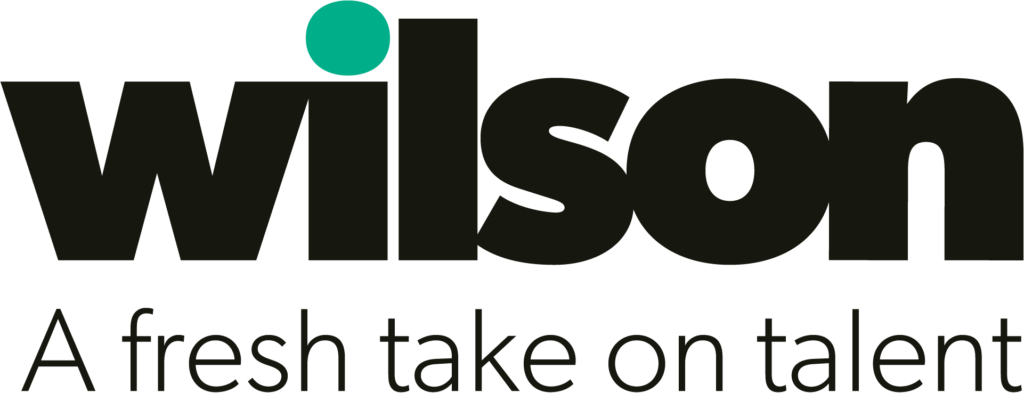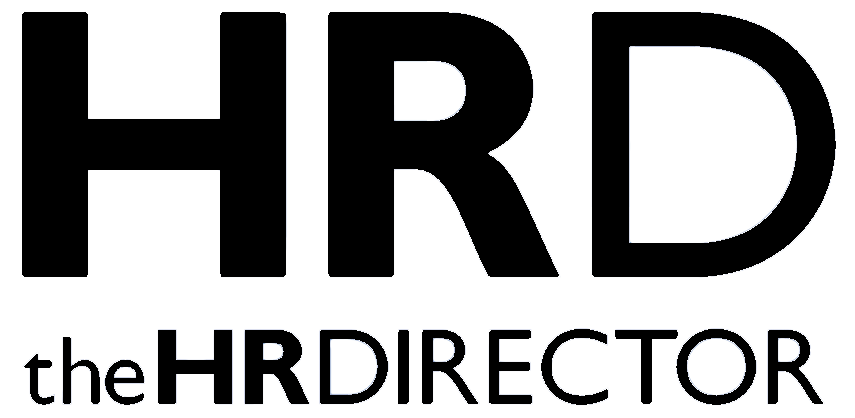Businesses are continuing to struggle with tough market conditions in a sustained economic downturn. at the same time, organisations are having to react and adapt to radical change at constant pace. in all this disruption, sustainability is key, but while the focus is invariably on undoubtedly important aspects, such as environmental impact, the ‘human’ element is often overlooked.
Lisa Drew, Head of People – Wincanton
Debs Keogh, Senior Director Client Solutions – Wilson
Rehana Nanji, Global Head of DEI & Employee Engagement – M&C Saatchi Group
Jennifer Averill-Richards, HR Director – ID Logistics
Matthew Dall, People & Culture Director UK & Ireland – Hilton Foods
Craig Sweeney, EVP, Global Strategic Talent Solutions – Wilson
Anshoo Kapoor, Head Recruitment UK&I – Tata Consultancy Services
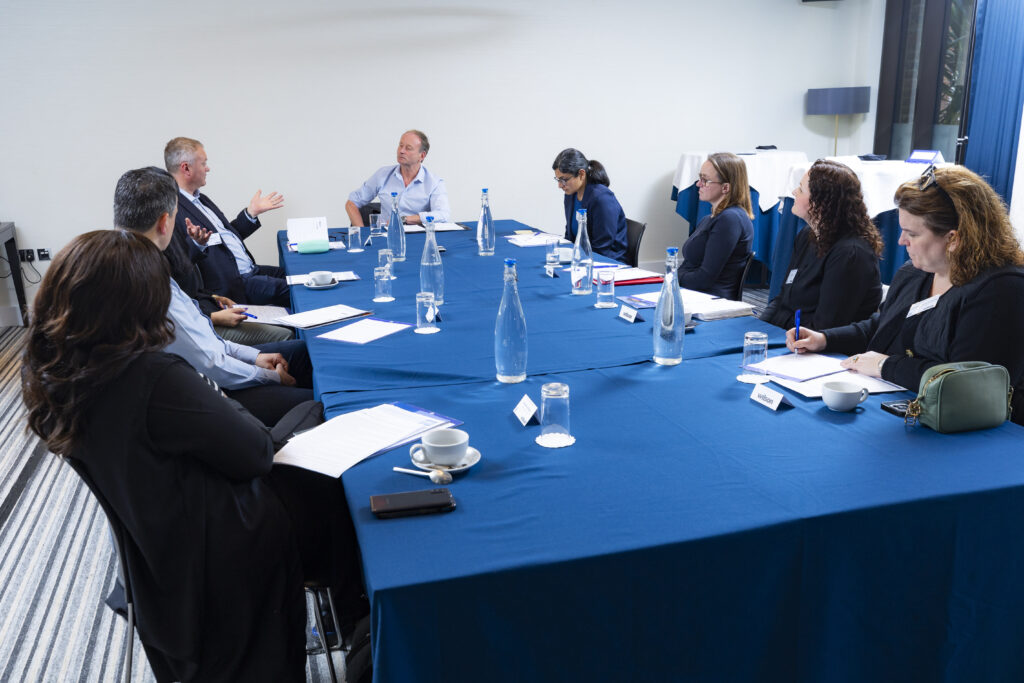
HOW WOULD YOU DEFINE WORKFORCE SUSTAINABILITY, HOW DO YOU IDENTIFY AREAS OF CONCERN AND WHAT MEASURES ARE YOU TAKING TO ADDRESS IT?
Jen Averill-Richards: We’re focused on growth and hiring the right people to support rapid expansion. When we enter new geographic areas, we are unable to pull from the existing workforce. So, our talent pipeline is key, as a relatively new organisation in the UK, we’re still in the early stages of implementing development programmes, although we have successfully launched an apprenticeship scheme.
Lisa Drew: Following our acquisition by GXO Logistics in 2024, engagement remains a top priority. We’re running leadership development programmes and innovation initiatives are a key part of our strategy to attract the right talent.
Matthew Dall: Our workforce can be split into segments – frontline workers and professional and technical roles that support them. We have many long-service, dedicated employees, but as the business grows and becomes more complex, we face new challenges in terms of skill gaps. We’re investing in early career programmes, like a graduate leadership programme and apprenticeships, to build talent pipelines.
Anshoo Kapoor: The tech landscape is constantly evolving, so to maintain a sustainable workforce, we need a blend of healthy, skilled and engaged employees. We operate in a project-based environment, where workloads can vary. Skills are key, but they’re not just about specific technologies, they evolve as the field changes. We value interdisciplinary skills and encourage unconventional hiring. Disrupting traditional hiring practices can unlock a wider talent pool.
Craig Sweeney: The challenge is that many organisations don’t have long-term strategic objectives like they used to, given the rapid changes in technology and automation. To build a sustainable workforce, businesses need to think about developing talent, borrowing it or automating certain tasks. Technology is increasingly becoming an extension of the workforce – sometimes alongside it, sometimes replacing it – and HR and talent teams are at the center of these conversations, guiding the rest of the business through these changes.
AS AI CONTINUES TO RESHAPE INDUSTRIES, HOW DO WE PREPARE FOR THE FUTURE WORKFORCE?
Craig Sweeney: The key is building flexibility into your operations, so you can adjust to changing business needs. We used to build for certainty and deal with uncertainty as it arose. Now, we have to build for uncertainty and consider certainty a bonus.
Debs Keogh: Lack of agility comes at a cost. If you’re having to always be reactive, the costs quickly add up. The challenge is to plan ahead, with the flexibility to respond, without incurring high costs. Every business will face unique challenges, whether it’s a new site, new laws or skills shortages.
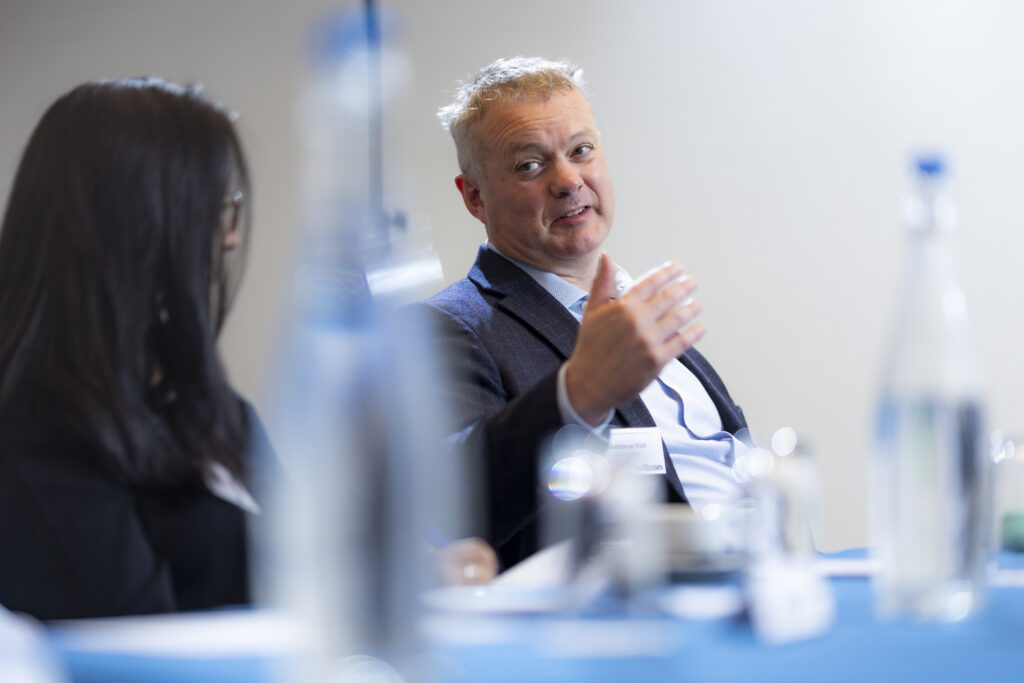
WHAT DO YOU CONSIDER TO BE THE ESSENTIAL COMPONENTS FOR WORKFORCE SUSTAINABILITY?
Anshoo Kapoor: Critical thinking, problem-solving, creativity and innovation are key. However, soft skills – such as communication and empathy – are just as important. Workforce sustainability requires focusing on future-proofing, making sure your team can adapt to an ever-changing work environment.
Matthew Dall: Engagement is crucial for reducing attrition and boosting productivity, as is a strong employee value proposition – and our internal skill pipelines are essential. We focus on leadership development and building critical industry skills within the organisation, particularly for roles that are hard to fill from the market.
Lisa Drew: Pay rates are a major factor, but company culture also plays a huge role. Some colleagues will leave for a higher wage and then return because of the environment we have created. Building a strong culture is essential to retain talent, even when pay is a key motivator. Engagement is at the heart of building a sustainable workforce.
Jen Averill-Richards: For our senior leadership team, it’s vital to maintain agility and entrepreneurial thinking. As we grow, we need to be adaptable and innovative to keep pace with rapid change. Our workforce needs to understand the vision and cultural fit to ensure they thrive. Flexibility and trust within the organisation are key to navigating the challenges that come with scaling.
Rehana Nanji: Evolving the mindset and culture is essential, especially as we combine expertise across regions and specialisms. Also, career maps are essential, as they allow employees to learn new specialisms within the company, instead of leaving for opportunities elsewhere.
Craig Sweeney: Moving to a skills-based organisation is crucial for long-term sustainability – it’s a key factor. The right balance between people and technology will differ depending on the organisation, with some leaning more towards one than the other. On the topic of retention, which has come up a lot, it’s a challenge for some organisations. For others, the issue is a lack of turnover in the last 18-36 months, making it harder to implement necessary changes. The workforce of the future will likely be much younger and their view of “long-term” employment will differ.
SUSTAINABLY, HOW CAN WE PREPARE ORGANISATIONS TO MANAGE THIS SHIFT?
Lisa Drew: It’s all about balance. You can have great talent in your business, but the challenge is effective succession planning, moving them into the next role or a lateral position. It’s important to recognise potential and retain people within the company because they are your key assets. However, when someone stays in the same role for a long time, it can restrict the flow of succession, limiting growth opportunities for others.
Craig Sweeney: In complex organisations where different parts of the business have come together, it’s common to want to hold on to talent. But the goal should be to help those people excel across the entire organisation or, if not, let them go and succeed elsewhere, even with competitors. Businesses that do this well not only empower employees to grow, but also celebrate hiring managers who are willing to let go of talent.
Debs Keogh: Internal mobility policies often discourage open conversations between employees and managers. If employees want a new role but need to discuss it with their line manager first, they may avoid the conversation and look for opportunities outside the organisation. The challenge is creating an internal mobility policy that allows employees to explore new roles without fear of jeopardising their current position.
Anshoo Kapoor: AI is playing a significant role, but it’s important to position technology so that it will support, not replace human roles. For example, AI tools – like the virtual assistant, AVA – can handle mundane tasks, freeing me up to focus on more complex issues. It’s about demonstrating how AI can enhance our work and collaboration, not replace it.
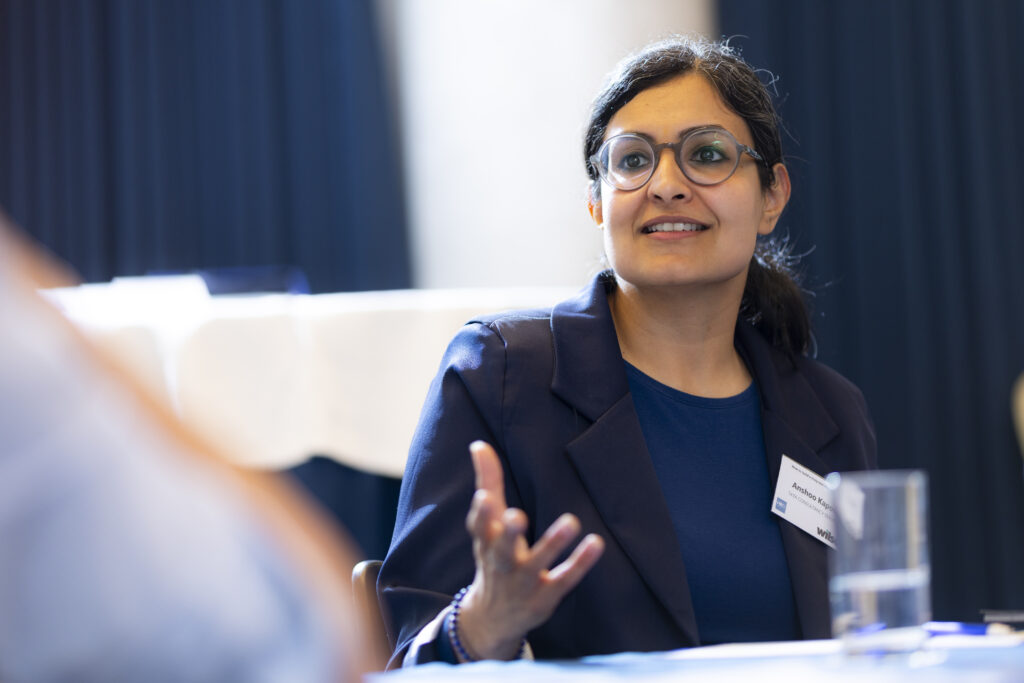
HAVE YOU ADOPTED OR CONSIDERED A SKILLS-FIRST APPROACH?
Matthew Dall: By mapping skills to roles, we can support employees in their career growth. Some people will need more encouragement to put themselves forward for career development.
Anshoo Kapoor: We are focused on a skills-first approach, starting with recruitment. We’re redesigning roles into lean and agile teams, emphasising skills over traditional qualifications. We also incentivise upskilling through programmes that reward employees for gaining new skills. This approach supports internal mobility, by creating performance-driven opportunities and allows us to tap into a wider talent pool.
Lisa Drew: Traditional recruitment methods often fail to meet the speed of change. For example, education systems are not keeping up with the rapid pace of technological advancement. We need to think creatively about how we recruit and evaluate candidates, to stay ahead of the curve.
Debs Keogh: Transitioning to a skills-first organisation depends on the challenges you’re facing. If you’re struggling with talent acquisition, a skills-first approach can help bridge gaps, especially when competition for skilled workers is high. It’s also crucial to understand the skills you already have within the company, to improve retention.
Craig Sweeney: Not every organisation can fully embrace a skills-based approach, especially in roles that require specific technical expertise. But the idea is to look at transferable skills and adaptability. Future-proofing roles by hiring people who can grow with the company is key, especially as roles become more complex.
Debs Keogh: Also, sometimes employees possess valuable skills outside of their primary roles, such as hobbies or side projects, which could be useful for the business. Mapping out these skills internally can untap hidden potential and helps to retain talent, by offering them opportunities to shift into new roles.
Jen Averill-Richards: We recently conducted an initiative to identify hidden skills within our workforce. We asked employees about their interests and talents outside their current roles, which led us to discover valuable skills, such as social media expertise.
Debs Keogh: One challenge with internal mobility is that employees often hesitate to have the necessary conversations. For example, if you want a new role within the same organisation, but feel uncomfortable discussing it with your current manager, the easier option is to look externally. To foster better internal mobility, businesses need policies that allow for free-flowing conversations, without the fear of judgement or risking your current role. Trust across the organisation is key.
Anshoo Kapoor: We’re embracing a skills-based approach. From recruitment to upskilling, we’re constantly looking at how we can develop skills. As part of our strategy, employees are incentivised to upskill and their remuneration adjusts based on their progress. We’re also considering internal mobility based on performance, allowing employees to shift to different teams or even different countries.
Craig Sweeney: Reverse mentoring plays a key role in this approach, as it helps individuals develop skills they might not otherwise gain and both mentor and mentee benefit.
Lisa Drew: Traditional methods like qualifications and experience are no longer enough. We would benefit from moving toward a skills-first approach. Indeed, many organisations, including ours, are trying to balance performance and potential.
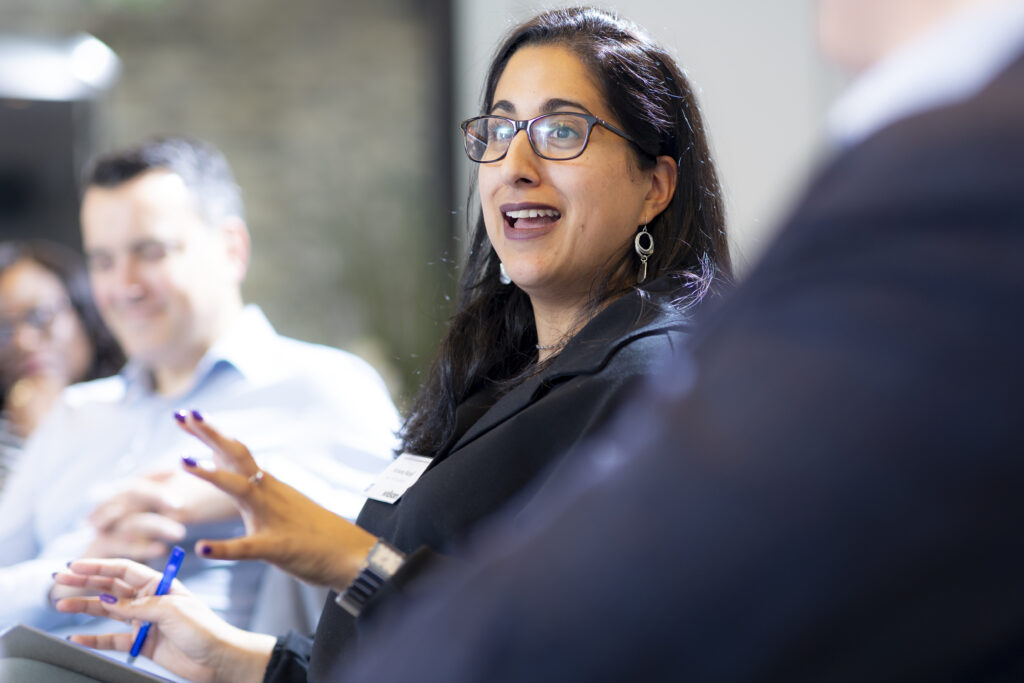
THERE’S OFTEN A LAG IN HOW QUICKLY ORGANISATIONS ADAPT HOW IMPORTANT IS THE MINDSET SHIFT TOWARD AGILITY?
Lisa Drew: When we look at skills needed for the future, we realise traditional education isn’t catching up quickly enough. If we wait for degrees and qualifications, we may miss out. We need creative approaches to recruitment and thinking outside the box, like testing new technologies with people who don’t have the traditional qualifications.
Debs Keogh: It’s not just about becoming a skills-first organisation, it’s about understanding where you are, what your challenges are and whether you’re struggling with talent shortages or retention. We work with organisations to identify what is working and where improvements are needed. Sometimes businesses try to tackle big topics, like AI, without understanding the underlying issues first.
Craig Sweeney: Not all businesses can just adopt a skills-first approach overnight, especially if they require highly specialised skills, like in logistics or manufacturing. However, as skill shortages become more apparent, we will need to focus on adaptability and look at how transferable skills can meet future needs.
Craig Sweeney: Our marketing team undertook a rebrand project and that opened up opportunities for employees to step into short term project roles they might not have considered before. By tapping into our internal skills database and offering gig-based roles, we identified talent across departments that we might not have recognised otherwise.
Debs Keogh: People often bring skills and experiences from personal projects that can be leveraged professionally. For example, someone might have managed social media for their local sports team as a hobby, which can translate into professional marketing skills. We’ve been amazed at the untapped talent we’ve found through these informal avenues.
Anshoo Kapoor: The concept of skills is evolving. The key to the future workforce is the T-shaped model breadth of knowledge combined with depth in specific areas. In our organisation, we have a platform where employees can showcase diverse skills. Also, to prepare early talent for future employability, we must bridge the gap between academic learning and real-world skills.
HOW DO YOU SEE CULTURE, SPECIFICALLY DEI AND EMPLOYEE EXPERIENCE, CONTRIBUTING TO WORKFORCE SUSTAINABILITY?
Lisa Drew: If your processes are too closed, you limit the diversity of talent you can attract, affecting both employee experience and company culture. It’s important to share your strategy with colleagues, take them on the journey and create an environment where they feel connected.
Jen Averill-Richards: For us, establishing our culture in the UK, while aligning with our global brand, has been essential. It’s about respecting internal processes, but also allowing for local flexibility. If you don’t know what your organisational beliefs are, it is much harder to sustain your workforce.
Craig Sweeney: We’re seeing varying approaches to DEI globally. Europe, for instance, is doubling down on DEI initiatives, while North America is more ambiguous in its stance, especially in light of political shifts. It will be fascinating to see how this plays out.
Anshoo Kapoor: Culture is foundational, both as an internal guide and an outward-facing brand. As organisations, we need to ensure that we focus on lifelong learning, wellbeing, inclusion and sustainability as key pillars of our culture.
Rehana Nanji: Culture has been a core focus for us. We are rolling out new values soon and employee engagement surveys have helped track our progress. As we navigate through change, having strong cultural anchors – like DEI and employee experience – will help us maintain stability. Leadership behaviour is also key.
Lisa Drew: As you progress through your cultural strategy, it’s vital to continuously assess how it’s being received. Change happens quickly and being agile enough to adapt and pivot is essential. If something is not working, you need to be able to recalibrate, before it’s too late.
Matthew Dall: Culture isn’t just about strategy, it’s about creating a human-centered environment. Many people feel disconnected from the world around them and organisations can offer a sense of belonging. We need to strike a balance between efficiency of how work is done – including the utilisation of technology – and maintaining that human touch.
Craig Sweeney: Culture is the invisible force that shapes an organisation. It’s what people say about you when you’re not in the room. A sustainable workforce strategy becomes a part of your culture. If you have that culture right, it sustains the workforce organically. However, each company’s culture is unique – even within the same industry – it’s about finding the right fit.
Debs Keogh: The global nature of business requires us to be flexible and allow for local nuances. Employee retention and engagement must reflect the diverse needs of different regions. What works in one market may not necessarily be applicable in another, so it’s essential to adapt accordingly.
Jen Averill-Richards: That’s why it’s so important to adapt your organisational values to local environments. The legal, cultural and practical differences across regions require flexibility in how we implement those values.
HOW ARE YOU BALANCING SHORT-TERM AND LONG-TERM STRATEGIES?
Matthew Dall: Balancing short-term and long-term goals is something every leader has to manage. You always need to have a longer-term plan in mind, especially when considering people and culture. However, the reality is that you cannot ignore the short-term challenges. If you do, you risk becoming overwhelmed.
Jen Averill-Richards: As an entrepreneurial business, our focus is often more short-term. For us, even looking at the end of 2026 feels like a long-term goal. We regularly assess how we’re progressing toward that vision, but the rapid growth and change we experience requires us to stay agile. Our plans for the year are constantly reviewed to ensure they remain relevant as circumstances evolve.
Lisa Drew: Typically, we plan our people strategy over a three-year period. However, this year we had to reassess and adjust our priorities for 2025, to align with the broader business strategy. Given the current environment, we have developed a more short-term view for this year, although it’s crucial that we continue to think about transformation. Even with a long-term plan, it’s important to regularly check whether it is still fit for purpose, especially as technology evolves rapidly.
Rehana Nanji: We have broken down our DEI strategy into six-month sprints, even though we have a two-year plan. The rapid changes in the business means regular pivots are necessary.
Debs Keogh: It’s important to have a vision for where you want the organisation to go, but it’s equally important to accept that the path to reach there may not be linear. Whether navigating internal or external challenges, you need to assess your progress regularly. If the direction changes, you must be flexible and adjust as needed.
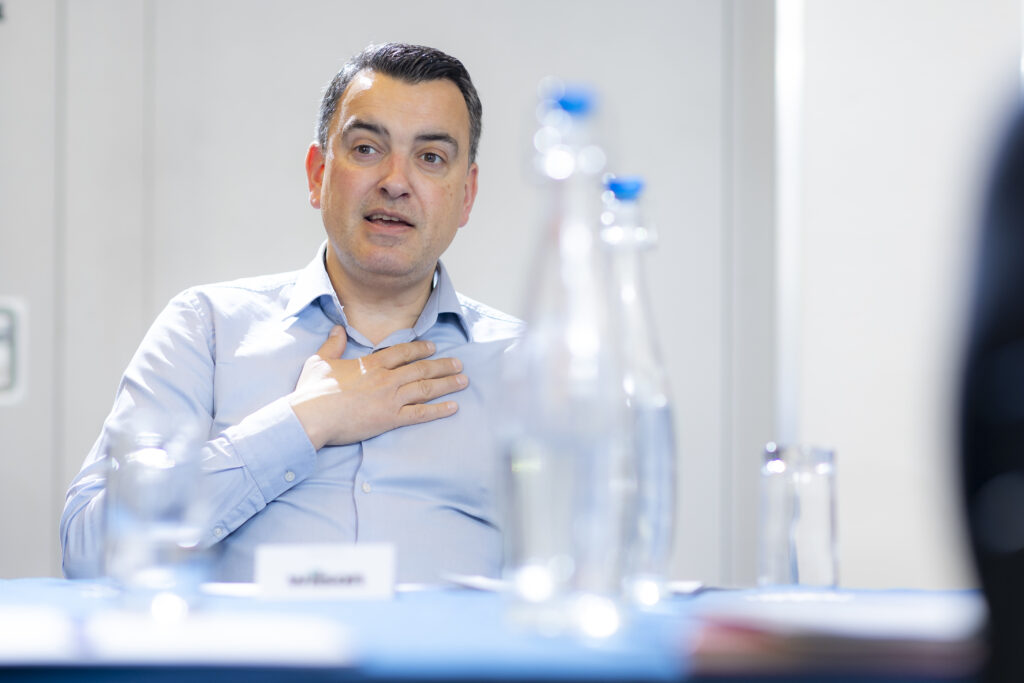
Craig Sweeney: The path is definitely not linear anymore – you cannot just stick to rigid review periods – agility is crucial, especially with long-term decisions like organisational culture. Some things, like HR systems, must be viewed through a long-term lens because they require stability. It’s about making adjustments based on what your business needs are and measuring success through key metric, like retention rates and workforce development. The shift toward focusing on early careers and skills training is also significant. Instead of waiting for university graduates, many organisations are now emphasising apprenticeships and work-readiness from the start.
Matthew Dall: Nowadays, young people entering the workforce often don’t benefit from the same opportunities for hands-on learning or social interaction, especially when there is a high level of virtual working. Inevitably, remote work makes relationship-building harder.
Lisa Drew: There are multiple ways to balance both education and work. For instance, degree apprenticeships allow young people to earn while they study, avoiding the burden of debt.
Debs Keogh: We must create more opportunities for apprenticeships and alternative learning routes. This way, we ensure we’re not missing out on talent, by solely focusing on traditional education.
Rehana Nanji: It’s like having an ongoing industrial placement that keeps students connected to the business world while they study.
Matthew Dall: The current apprenticeship system is problematic. We have funds that we can’t utilise effectively due to the structure of the programme. It feels like a tax, especially when we’re limited in how we can deploy apprenticeships.
SO, ADAPTABILITY IS KEY, BUT IT’S ALSO ABOUT TRUST, WHICH GOES BOTH WAYS.
Anshoo Kapoor: We need to use apprenticeships not just for new hires, but also for internal retention. By reskilling current employees, we can ensure that we’re building the workforce of the future. Our workforce planning is reviewed every 90 days, which helps us stay aligned with the long-term vision. These internal talents are vital, as we prepare for future challenges.
Lisa Drew: We focus on early-entry talent and leadership development, ensuring that individuals have opportunities to grow within the company. While nurturing internal talent is essential, there is also value in bringing in external talent, especially when we require new skills or perspectives to adapt to a changing business landscape.
AS SKILLS QUICKLY BECOME OUTDATED ACROSS THE DEMOGRAPHIC, HOW CAN BUSINESSES PLAN FOR THIS?
Craig Sweeney: The key is creating a framework that encourages internal mobility and empowers employees to apply for roles in different departments. Hiring managers should be incentivised to mobilise talent across divisions, which helps not just individuals, but the entire organisation.
Lisa Drew: That is crucial and there’s also a lot of value in encouraging individuals to believe in their own potential, especially when imposter syndrome is common. When you mentor or invest in someone, you are giving them the confidence to take on challenges and develop. It’s incredible to see someone grow once they have been empowered with self-belief – it’s like unlocking a hidden potential.
Debs Keogh: Internal mobility is key, especially as people no longer stay with one company for life. Even if an employee leaves to gain new experience, they often return with new skills and companies should embrace this cycle. If they are well nurtured and developed, employees are more likely to come back, bringing fresh knowledge and experience. It’s also important to treat exit opportunities well, because the right kind of exit can lead to future returns.
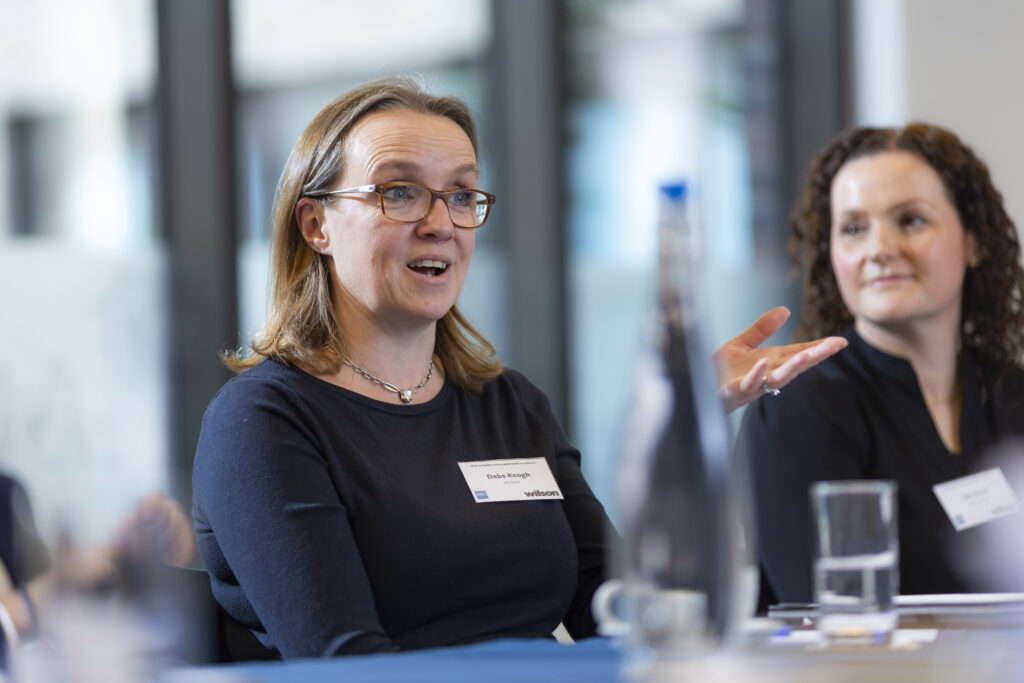
HOW CAN WE ACHIEVE COLLABORATION BETWEEN TALENT, HR AND LEARNING & DEVELOPMENT TEAMS TO MEET SUSTAINABILITY CHALLENGES?
Anshoo Kapoor: Collaboration starts with answering ‘what’s in it for me?’ for each stakeholder. The human-centric element will always be critical. AI will augment intelligence, but ultimately, problem-solving, critical thinking and creativity remain human-driven. The key is collaboration, where each function understands its role in a collective goal.
Lisa Drew: Clear communication and ensuring that everyone knows their role in the strategy are essential for successful collaboration. It’s about making sure the right people are on board and working toward the same goal.
Jen Averill-Richards: Communication and joined-up strategy are crucial. It’s about aligning everyone’s efforts to work towards a common purpose. In my experience, these teams naturally collaborate when they’re focused on the same goal.
Rehana Nanji: Absolutely, clear purpose and agreed non-negotiables are key to making sure everyone is on the same page and working toward the same objectives.
Matthew Dall: At our organisation, ‘culture collaboration’ is a core value. We’re working towards a more global approach to ensure that group functions and individual business units align better. Often, the frameworks we create don’t always reflect the reality on the ground.
Craig Sweeney: You have to be aligned right from the start. Once you’re halfway through a programme, if HR functions aren’t aligned, the results might not meet expectations. It’s critical that all parts of the HR team are coordinated and in sync with the overall strategy.
Debs Keogh: Partnership between teams often depends on reporting lines and objectives. It’s essential for everyone to understand each other’s goals, because the clearer the synergy between teams, the more effective the collaboration. This varies by company structure, but if each team is aware of how they can support each other, it’ll help drive success.
Please do visit our partner’s website to learn how they can positively impact your Talent strategy:
https://www.wilsonhr.com/
